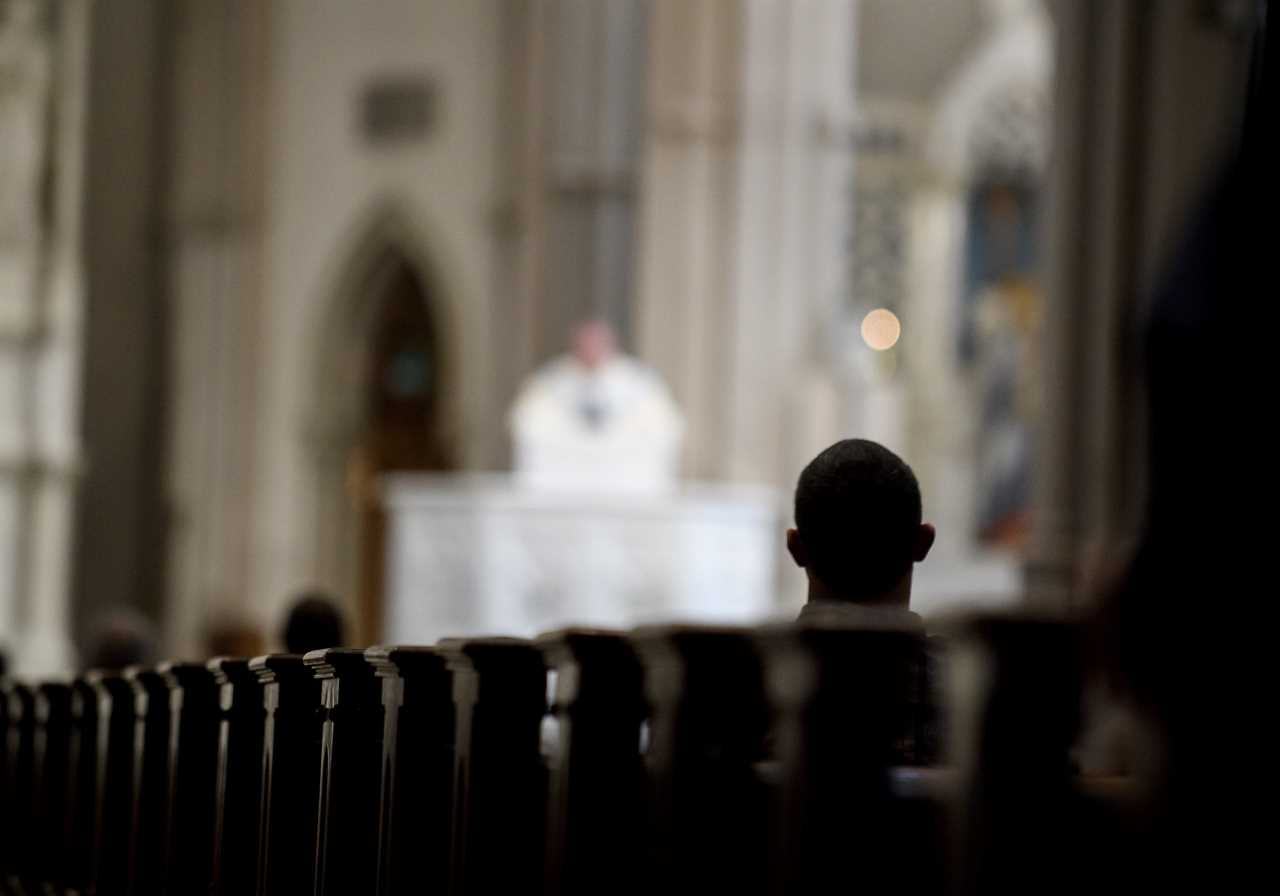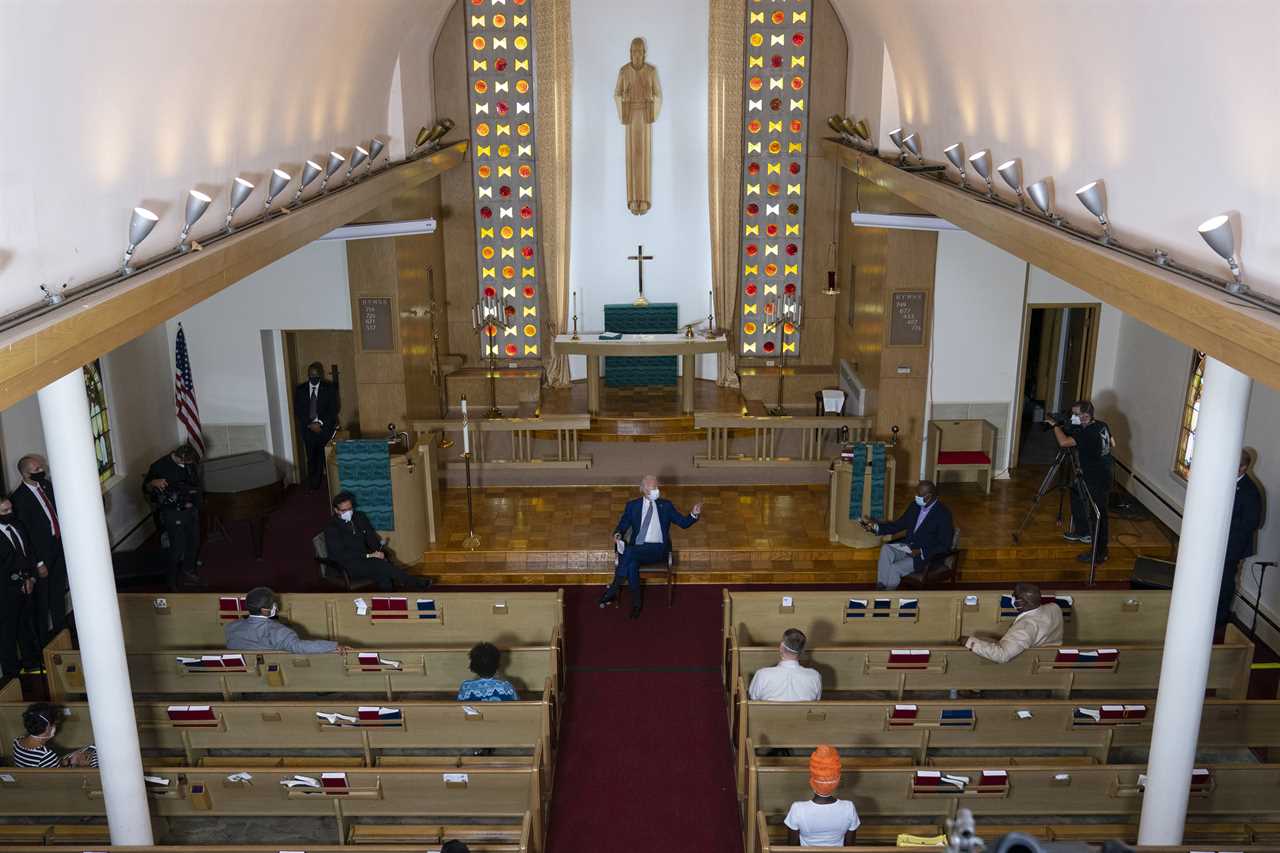
One of the most significant shifts in American politics and religion just took place over the past decade and it barely got any notice: the share of Americans who associate with religion dropped by 11 points.
It’s a development of tremendous impact, one that will ripple across the political landscape at every level — and especially in presidential politics. Why? Because of what it means for the God Gap — the idea that the Republican Party is the one that fights for the rights of religious individuals (primarily Christians), while Democrats have become increasingly secular over time.
People are not fleeing organized religion at equal rates across the United States. Instead, there are regions of the country where religious adherence is still relatively robust, while other areas have seen a wholesale abandoning of organized religion. We know this because of the tireless work of the Association of Statisticians of American Religious Bodies. Every 10 years, they contact as many religious denominations as they can and ask to see their official membership records. This data provides an unprecedented look at where religion is growing and declining in the United States.
The 2020 U.S. Religion Census, which was released late last year, reveals that religion is taking a beating across the middle part of the country. When comparing the rate of religious adherents in 2020 versus 2010, a fascinating pattern emerges, illuminating the political relevance of the shifting religious landscape: Democrats are making gains in areas where religion is fading (the census defines non-religious as the percentage of a county’s population that does not show up on the rolls of any religious organization in that county) and Republicans are increasing their vote share in places where houses of worship are gaining new members.
When people think about where religion is declining, it’s likely they point to regions like the Pacific Northwest or New England. But the drops in adherents in those parts of the country are fairly modest compared to other regions of the United States.
Across the industrial Midwest, in former Rust Belt states like Wisconsin, Michigan and Pennsylvania that are absolutely essential to the Democrats’ firewall in 2024, there is good news for the party — each of those states is much less religious today than it was just 10 years ago.
For instance, of Michigan’s 83 counties, 65 experienced a drop in religious adherents between 2010 and 2020. In populous Oakland County, which encompasses the far northern suburbs of Detroit, the share of people affiliated with a religious congregation dropped two percent in the prior decade. That drop in share coincided with a rise in Democratic fortunes: President Joe Biden won the county by 108,000 votes, more than double Barack Obama’s margin eight years earlier. Oakland County points to a future where Democrats have an easier pathway to victory as churches, synagogues and mosques continue to empty out.

Another example is suburban Philadelphia’s Bucks County. Pennsylvania’s fourth most populous county, it’s often seen as a bellwether for the national political trends. In 2012, Obama took Bucks County by the slimmest of margins, just one percentage point. In 2020, Biden won by 5 points. The share of the county aligned with a religious congregation dropped by nearly 18 percentage points between 2010 and 2020 — easily the largest drop by a populous county in the state.
But that’s not to say that the Republicans don’t have reasons for hope in the Religion Census.
There are 67 counties in Florida — and religious adherents grew in forty-nine of them. One of the true shocks on election night 2020 was just how poorly Biden did in Miami-Dade, which Clinton won in a landslide in 2016. Just four years after Clinton beat Trump by nearly 30 percentage points, Biden ran only seven points better than Trump. The Religion Census offers an insight into why that happened. In 2010, about 40 percent of residents of Miami-Dade County were connected to a religious group. In 2020, that was 52 percent.
Miami-Dade is something of an outlier. There are 16 counties in the United States with populations of at least two million residents. Eleven of them were less religious in 2020 than they were a decade earlier. Only one saw religion grow by at least 10 percent — Miami-Dade. The possibility of the Democrats gaining ground in Florida in the 2024 election seems like a pipe dream when considering how full houses of worship are around Miami now, compared to just a decade ago.
The other shift in American religion that may be working against the Democrats is in the state of Texas. While pundits have long believed that Texas would turn blue in the next decade — the Religion Census throws cold water on such a conjecture.
In many counties that are close to the border with Mexico, religion saw big gains between 2010 and 2020. The one that grabbed national headlines in 2020 was heavily Hispanic Zapata County. Clinton took it by 44 points in 2016, while Biden only bested Trump by 11 points in 2020. The Religion Census indicates that the share of Zapata County that was part of a congregation was 31 percent in 2010. Just 10 years later, it had risen to 65 percent — the rate of religious adherents doubled in less than a decade. Other border counties like Maverick and Starr saw religiosity more than double by 2020, as well. Nearly 90 percent of residents of Starr County voted for Obama in 2012. Biden only managed 52 percent in 2020.
It goes without saying that the dramatic rise in religion in many counties in Florida and Texas is deeply intertwined with the increasing number of Hispanic immigrants in these parts of the country. The Democrats showed real weakness with the Hispanic vote in the last several election cycles, especially in areas where religion has tremendous influence. Survey data indicates that recent immigrants to the United States report very high levels of religious attendance and prayer frequency, which predisposes this group to cultural conservatism.
Messages about the rights of transgender individuals and expanded abortion access do not resonate with these types of voters. The passage of a six-week abortion ban and the “Don’t Say Gay” bill in Florida may be a strategic move by the GOP to not only make Florida and Texas even redder states, but it might also make inroads in Arizona — a state which was crucial in Biden’s 2020 victory. Religious adherents rose in four of the five most populous counties in the state, including in Phoenix’s Maricopa County, which gained over 300,000 new religious adherents between 2010 and 2020.
The overall sense that arises from the Religion Census is that the Democrats will continue to gain ground in suburban counties that are predominantly white and where religion is fading in size and importance. In so-called Blue Wall states like Michigan, Wisconsin, and Pennsylvania, Republicans will have a harder time winning over voters in suburban Milwaukee, Detroit, or Philadelphia with messaging about six-week abortion bans. On the other hand, the shifts in the religious landscape make it more likely that the GOP can hold off Democratic advances in important states like Texas and Florida. As more Hispanic immigrants come to those areas who are deeply religious and culturally conservative, Democratic messaging on social issues will not appeal to these types of votes.
It’s hard to overstate this point. In 1990, just seven percent of Americans were non-religious — 30 years later, the “nones” had quadrupled. And new data indicates that nearly half of Generation Z has no religious affiliation. In 2020, 46 percent of the votes cast for Biden came from non-religious voters. That could easily be half of his base in a bid for reelection. Both parties have been slow to react to this changing religious landscape. Where the remaining religious Americans live and vote is a crucial question for the electoral map in 2024 and beyond. Both parties are ignoring these changing dynamics at their own peril.
----------------------------------------
By: Ryan Burge
Title: How Democrats Learned to Love the God Gap
Sourced From: www.politico.com/news/magazine/2023/05/14/democrats-religion-census-secular-00095858
Published Date: Sun, 14 May 2023 06:00:00 EST






